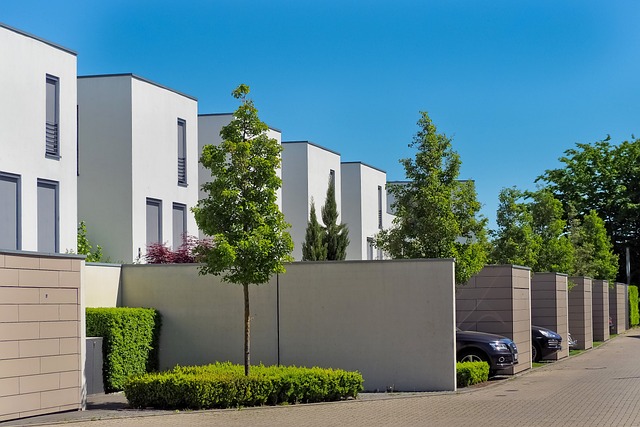Rental price caps are a hotly debated topic among economists as a short-term solution to the rental housing crisis that is affecting many countries. Some economists are warning that rental price caps could backfire and cause rents to escalate higher in the long-term. A freeze on rents could adversely affect both property owners and tenants with investors selling out of the market reducing the number of rental properties available.
But are politicians and economists targeting the real issues that are causing a shortage of rental properties and higher rents?
What about the volume of supply of new homes? Are we building enough new houses?
What about increased levels of immigration? Should the immigration rate be reduced until the economy recovers?
Are these factors the real issue in the rental price caps debate?
Inflation and higher interest rates may only a symptom of the issue not the cause!
Rental Price Caps – Regulation
Some jurisdictions have regulations limiting the number of times landlords can raise rents within a lease’s lifetime. For example, one rent increase every year. This seems to be fair for both the investor and tenant.
However, not many jurisdictions control how much the rent can be increased.
And few jurisdictions regulate rental price caps.
Many politicians don’t want to introduce rental price caps because it’s viewed as interfering with free market forces. And they don’t believe it is fixing the real underlying issues causing rising rents.
One adverse side effect to rental control is that people don’t want to move as they may pay more rent. People remain in the same housing that may not suit their needs.
Maybe the Government should try reducing demand for rental properties.
One way to reduce demand is to help more renters into their first home.
No transfer duty, no stamp duty on mortgages, and free council rates for a year might persuade some renters to buy their own home.
Government Rental Assistance – Is that the Answer?
Some governments provide rental assistance payments to low-income individuals and families. But will an increase to the assistance payment cause further rental increases from landlords. When investors know tenants have more money to spend, they may increase the rent.
But is that the real cause of rent increases?
One Reason Investors Increase Rents
During the 10-year period from 2010 to 2020, house prices and rents did not significantly increase. Many tenants never encountered a rent increase and there were plenty of rental property listings.
However, property investors had to contend with increased costs.
Council rates, water & sewerage charges, homeowners fees, insurance. electricity (if provided), maintenance, repairs and property management fees continued to increase during the period. Property investors had to fund those increased costs and their returns diminished.
The average net return on an investment property was 2% to 3% and falling due to rising costs. Investors could have deposited their money in a high interest bank account or term deposit and made a better return.
People had forgotten that rents hadn’t increased in many years.
Since the COVID pandemic, there is a shortage of rental property listings and rents have increased significantly.
When vacancy rates are low, renters who get a rental increase notice have little option but to accept the increase as there is nowhere else to go.
Investors are not profiteering. Mostly they are only recouping some of their poor investment returns from prior years.
Negative Gearing for Investment Property
Another Reason Rents Increased
During the COVID pandemic people moved from larger households into other properties with smaller households which has lowered the overall housing density. People tried to move away from city centres into less populated areas. Renting a home with a spare room that could be set up as a study was important for people working from home.
Some tried to escape harsh lockdowns and move to rural areas.
The result is the average number of occupants in a rental property has decreased. This has created an increased demand for rental properties.
The answer to the issue is that the housing density needs to increase.
People need to rent out that spare room in their house. One person living in a two-bedroom apartment could rent out the other room. Two people living in a three- or four-bedroom house could rent out a room. Young adults could move back into their parent’s home for a period. A group of young friends could rent a larger home with more rooms and share the rent.
Rental Price Caps – Solution or Problem?
Many economists believe that rental price caps are only a short-term solution until other real solutions are implemented.
They should never be considered a permanent solution.
Rental price caps will never encourage more people to invest in real estate and provide properties for rent. It may have the opposite effect and cause investors to sell their rental properties to buyers who are home occupiers. The pool of rental properties would be reduced.
Policies are needed to increase the pool of rental properties. Build more houses, convert owner occupied homes to rent, increase housing density, increase occupier density, and reduce immigration are much better policies.


